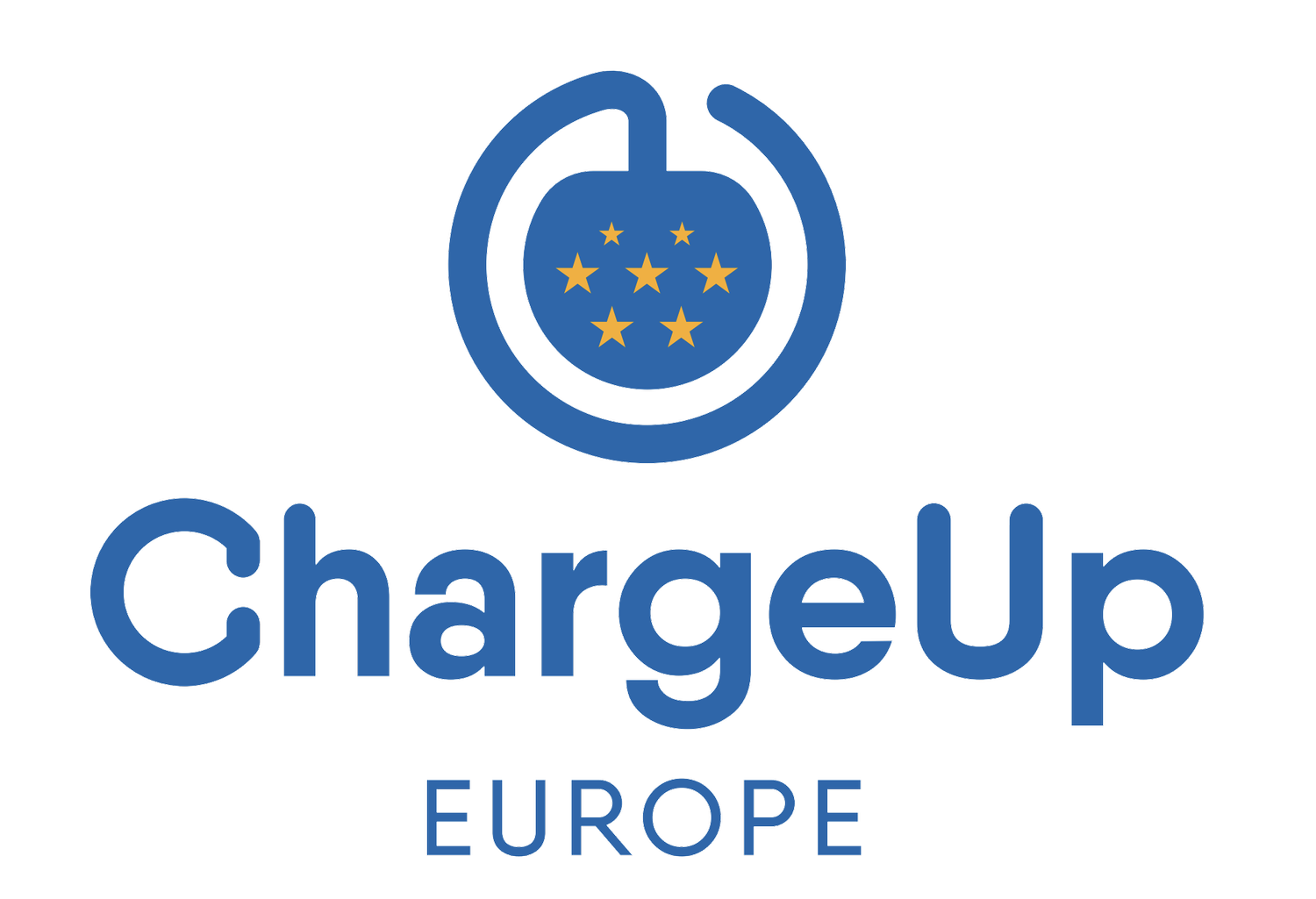The case for open, non-prescriptive payment technology requirements in AFIR
The European Commission proposal for an Alternative Fuels Infrastructure Regulation (AFIR) can pave the way towards sustainable transport, driven by electrification and digitalisation.
One of the key aspects of the proposal relates to ad-hoc charging payments at fully publicly accessible stations. ChargeUp Europe strongly supports the goals of the AFIR proposal to make EV driving more accessible and user-friendly for EU citizens. Ad-hoc charging is very important in accelerating the transition towards e-mobility and should be available at all fully publicly accessible stations.
To increase the accessibility and reliability of the EV charging network it is vital to install more chargers at more locations so that every EV user has a place to reliably recharge. This is why ChargeUp Europe supports the calls for binding infrastructure targets at the member state level. However, we are extremely concerned that the approach taken with regard to payment technologies would have numerous unintended negative consequences delaying the energy transition. Mandating payment card readers would on publicly accessible charging infrastructure, with additional retrofit obligations, will slow down the deployment of infrastructure, reduce options or increase prices for customers.
For the EV driver, ad hoc charging options are widely available today. For payment and authentication, they use methods including web-based payments and mobile applications. EV drivers are well served by these methods. At the same time consumer behaviour and payment technologies are evolving rapidly. Mandating specific payment methods and technologies, especially ones which may soon be outdated is not future-proof and does not reflect the market and consumer payment trends for EV charging.
Therefore, it is critical for the AFIR proposal to maintain an open, future-proof approach to authentication and payments and avoid the mandating of card terminals on publicly accessible stations.
